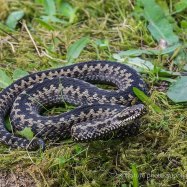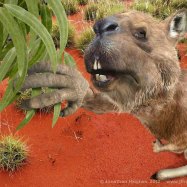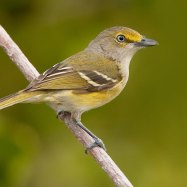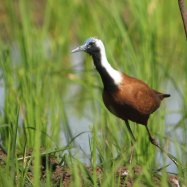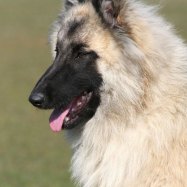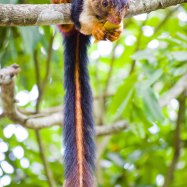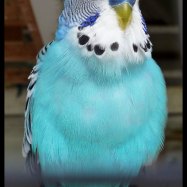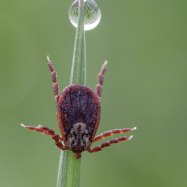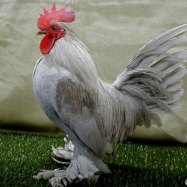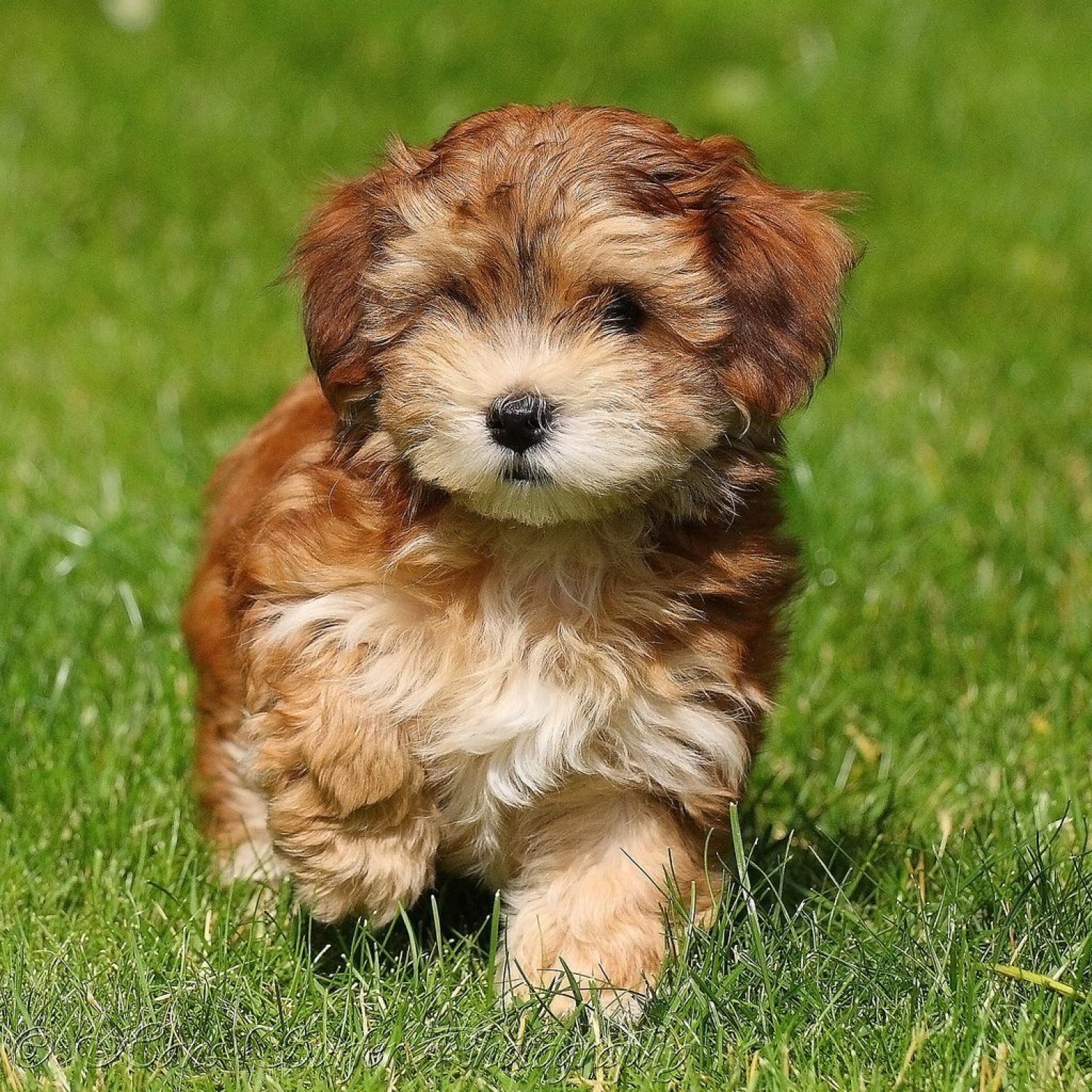
Havanese
8.5 to 11.5 inches
Havanese is a popular breed of dog known for its small and sturdy body, ranging from 8.5 to 11.5 inches in length. They are highly adaptable to indoor living and make affectionate family pets. These adorable canines belong to the Canidae family and are a perfect companion for anyone looking for a loving and lively pet. #Havanese #Animals #FamilyDogs
Animal Details Summary:
Common Name: Havanese
Kingdom: Animalia
Habitat: Household
The Adorable and Affectionate Havanese: A Guide to this Playful Household Pet
When it comes to choosing a furry companion for your household, there are countless options available. From big and boisterous dogs to small and cuddly ones, it can be overwhelming to decide which breed is the perfect fit for your family. However, one breed that stands out for its cuteness, charm, and affectionate nature is the Havanese.Scientifically known as Canis lupus familiaris, the Havanese is a member of the Animalia Kingdom and Chordata Phylum, falls under the class of Mammalia, and belongs to the Carnivora Order and Canidae Family Havanese. This charming pooch is a beloved pet that can be found in households around the world, originating from the sunny island of Cuba. From its appearance to its personality, there are many fascinating features that make the Havanese a special and sought-after breed.
A Small Dog With a Big Personality
The Havanese, also known as Bichon Havanais or Havana Silk Dog, is a small but sturdy dog that stands at an average height of 8.5 to 11.5 inches and weighs between 7 to 13 pounds. Despite its tiny size, this breed is bursting with energy and a playful spirit, making them an ideal pet for families with children or active individuals.Their compact size also makes them the perfect companion for those living in small apartments or condos, as they do not require a lot of space to run around. However, this does not mean that they do not need exercise. The Havanese loves to play and will need daily walks and playtime to keep them physically and mentally stimulated Harp Seal.
The Many Colors of the Havanese
One of the most striking features of the Havanese is its colorful coat. This breed can come in a variety of colors, from white, cream, and gold to black, chocolate, and silver. Some Havanese even have a mix of colors, creating a unique and beautiful look for each dog. This breed has a double coat with a soft and downy undercoat and a longer, silkier outer coat.Their coat also has minimal shedding, making them a great option for individuals with allergies. However, their coat does require regular grooming to keep it from matting and tangling. Many Havanese owners opt for a shorter, more manageable haircut for their pets, making it easier to maintain and giving them a teddy bear-like appearance.
The Havanese's Cuban Roots
As their name suggests, the Havanese breed originates from the country of Cuba, where they were popular among the upper class during the 18th and 19th centuries. They were known as the "Havana Silk Dog" and were often seen accompanying their owners in horse-drawn carriages.They were also used as watch dogs, alerting their owners of any potential dangers. The Havanese's affectionate nature and ability to adapt to various living situations made them well-suited for life in the city. However, when the Cuban Revolution occurred in the late 1950s, many Havanese dogs were left behind as their owners fled the country, and the breed almost disappeared.
The Perfect Family Pet
Nowadays, the Havanese is a popular household pet and is ranked as the 24th most popular breed by the American Kennel Club. They are known for their intelligent and gentle nature, making them great companions for children and other pets. They are also highly trainable, making them perfect for families looking for a smart and obedient pet.This breed craves human attention and loves to be a part of the family. They make great lap dogs and will happily snuggle up with their owners at any given opportunity. They are also known to have a curious and playful personality, often getting into mischief and keeping their owners entertained with their antics.
The Havanese's Habitat
Unlike many other breeds that may have specific living requirements, the Havanese is adaptable and can thrive in various living situations. They are known as a household pet, content to live and play indoors, making them an excellent choice for those who prefer a low-maintenance dog.However, they do require regular exercise to keep them healthy and happy, and their playful nature means they enjoy the outdoors as well. They are also not suited for extreme weather conditions, making them more suitable for individuals living in moderate climates.
An Omnivorous Diet for a Healthy Havanese
The Havanese's diet should consist of high-quality dog food that is designed for their size and activity level. As an omnivorous breed, they can thrive on a combination of meat, vegetables, and whole grains. It is crucial to monitor their food portions and avoid overfeeding, as they can quickly gain weight if not exercised regularly.Furthermore, it is recommended to consult with a veterinarian to determine the appropriate diet based on your Havanese's age, weight, and any special dietary requirements.
A Global Companion
The Havanese's popularity is not limited to its native Cuba or the United States. This breed can be found in many countries around the world, including Canada, Australia, Germany, and Japan. They have won the hearts of dog lovers with their adorable appearance and lovable personality, making them a household name worldwide.In some countries, the Havanese is also used as a therapy dog, bringing joy and comfort to individuals in hospitals, schools, and nursing homes. Their gentle nature makes them well-suited for this role, as they can provide comfort and companionship to those in need.
A Long and Happy Life
As with any breed, it is essential to prioritize the health and well-being of your Havanese. Overall, this breed is known to be relatively healthy, with a lifespan of 12 to 14 years. However, like all dogs, they are prone to certain health conditions, such as luxating patella, hip dysplasia, and cataracts.It is crucial to schedule regular check-ups with a veterinarian and address any health concerns promptly. With proper care and attention, your Havanese can live a long and happy life, bringing joy and love to your household.
In Conclusion
In summary, the Havanese is a lovable and charming breed that makes for an excellent companion in any household. From their playful personality to their colorful coat and Cuban roots, this breed has many features that make them stand out among the rest. Their adaptability, intelligence, and affectionate nature make them the perfect family pet, and their popularity continues to grow globally.Whether you are a seasoned dog owner or new to the world of pets, the Havanese is a breed that is worth considering. They will undoubtedly bring love, joy, and endless entertainment to your life, making them a valuable addition to any family. So, if you're looking for the perfect furry companion, the Havanese might just be the one for you.

Havanese
Animal Details Havanese - Scientific Name: Canis lupus familiaris
- Category: Animals H
- Scientific Name: Canis lupus familiaris
- Common Name: Havanese
- Kingdom: Animalia
- Phylum: Chordata
- Class: Mammalia
- Order: Carnivora
- Family: Canidae
- Habitat: Household
- Feeding Method: Omnivorous
- Geographical Distribution: Worldwide
- Country of Origin: Cuba
- Location: Indoors
- Animal Coloration: Various colors
- Body Shape: Small and sturdy
- Length: 8.5 to 11.5 inches
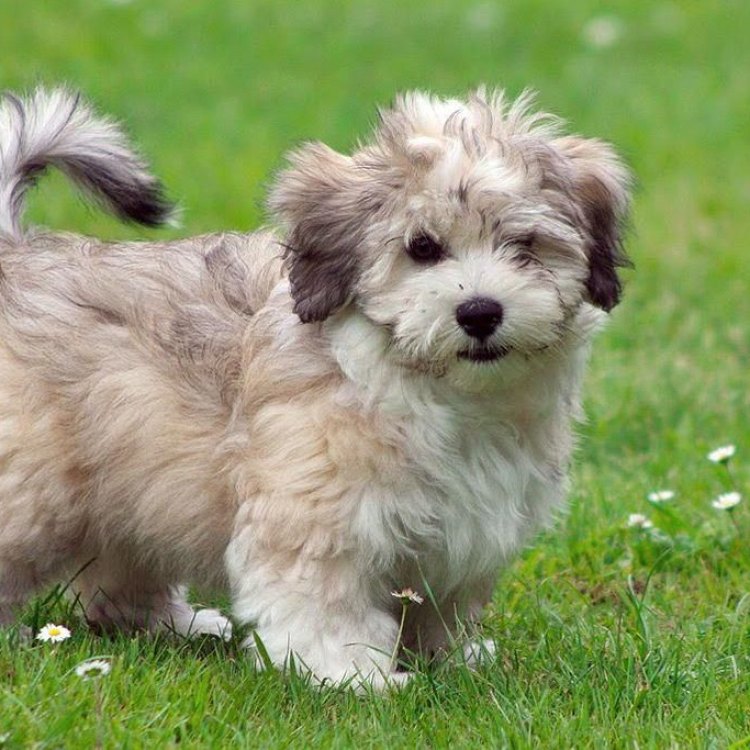
Havanese
- Adult Size: 8 to 11 inches
- Average Lifespan: 12 to 15 years
- Reproduction: Sexual
- Reproductive Behavior: Mating
- Sound or Call: Barking
- Migration Pattern: Non-migratory
- Social Groups: Family-oriented
- Behavior: Friendly and affectionate
- Threats: None
- Conservation Status: Not endangered
- Impact on Ecosystem: Minimal
- Human Use: Companion dog
- Distinctive Features: Silky hair
- Interesting Facts: Hypoallergenic breed
- Predator: None
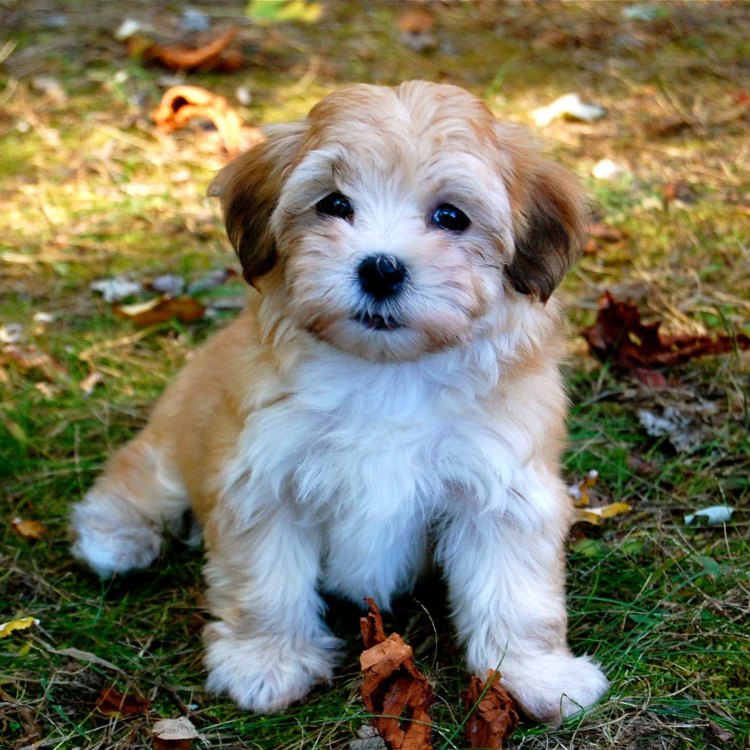
Canis lupus familiaris
The Adorable and Hypoallergenic Havanese Dog: An Ideal Companion
Dogs have undoubtedly earned the title of being man's best friend. They have been loyal companions to humans for centuries, providing love, comfort, and protection. However, not all dogs are created equal, and the Havanese breed stands out as a unique and remarkable companion. From their small size to their friendly demeanor and distinctive features, Havanese dogs have captured the hearts of many dog lovers PeaceOfAnimals.Com. In this article, we will explore everything you need to know about this charming breed.The Havanese, also known as the Havana Silk Dog or the Bichon Havanais, is a small breed of dog originating from Cuba. They are classified as a Toy breed by the American Kennel Club and are a part of the Bichon family, which includes other popular breeds such as the Bichon Frise and the Maltese. Havanese dogs typically weigh between 8 to 11 inches and have an average lifespan of 12 to 15 years, making them the perfect long-term companion for pet owners.
One of the most distinctive characteristics of the Havanese breed is their luxurious coat. The soft, silky hair of the Havanese is their most prominent feature, making them stand out from other small breeds. Their coat comes in a variety of colors, including white, black, red, cream, and chocolate. The long hair of the Havanese requires regular brushing to prevent matting and maintain their sleek appearance, but their hypoallergenic properties make them suitable for pet owners with allergies.
Speaking of hypoallergenic, the Havanese breed is an ideal choice for those who suffer from allergies Hovasaurus. Unlike other breeds that shed fur and dander, Havanese dogs have hair that resembles human hair, making them less likely to cause allergic reactions. This quality makes them a popular choice among pet owners who want a furry companion but are allergic to dogs.
Havanese dogs are known for their friendly and affectionate behavior, which makes them excellent family pets. They are social dogs and thrive in a family-oriented environment. These dogs crave human attention and love nothing more than to be by their owner's side. Due to their small size, they adapt well to apartment living and do not require a large yard to run around. This characteristic also makes them an ideal choice for elderly individuals, as they are easy to handle and do not require a lot of physical activity.
In terms of reproductive behavior, Havanese dogs mate sexually and produce offspring through natural means. Like most dogs, they exhibit mating behavior and have a barking sound or call when they are in heat. However, unlike other breeds, Havanese dogs are not very vocal and do not bark excessively, making them great pets for apartment living or quiet neighborhoods.
Being a non-migratory breed, Havanese dogs do not show any patterns of long-distance movement. They are content with staying in one place and will not wander off, making them easy to train and keep within sight. This characteristic also makes them suitable for individuals who lead a busy lifestyle and do not have the time to constantly watch over an energetic and curious dog.
Socially, Havanese dogs get along well with other animals and children, making them a perfect addition to multi-pet households. Their friendly and gentle nature makes them great playmates for kids, and they do not show any aggressive behavior towards other animals. However, like any other breed, proper socialization and training are necessary for Havanese dogs to develop good behavior and behavior towards other animals and humans.
Considering all the qualities of the Havanese breed, it is no surprise that they do not face any significant threats in terms of endangerment. They are not on the list of endangered species and are a relatively low maintenance breed. This status is due to their friendly behavior, adaptability, and lack of genetic health issues. However, it is essential to provide them with good nutrition, regular grooming, and necessary vaccinations to ensure a long and healthy life.
In terms of conservation and their impact on the ecosystem, Havanese dogs have a minimal effect. They are domesticated dogs and do not have any role to play in their natural habitat. They are not used for hunting or any other activities that could potentially disrupt the ecosystem. In fact, their presence can have a positive effect on the environment as they provide companionship and emotional support to their owners, ultimately leading to a happy and stress-free environment for both humans and animals.
For centuries, dogs have played an important role in human history, serving as companions, protectors, and even hunters. However, with the advancement of technology, dogs are now mostly domesticated and used as companion animals. The Havanese breed is no exception to this. These adorable and friendly dogs are primarily used as companion dogs, providing their owners with unconditional love and companionship.
In conclusion, the Havanese breed is a unique and remarkable companion dog. With their small size, friendly and affectionate behavior, and hypoallergenic properties, they make the perfect pet for individuals and families alike. Not only are they great companions, but they also have a minimal impact on the environment, making them a well-rounded and ideal pet for any household. If you are looking for a devoted and loving companion, the Havanese breed might just be the perfect fit for you.
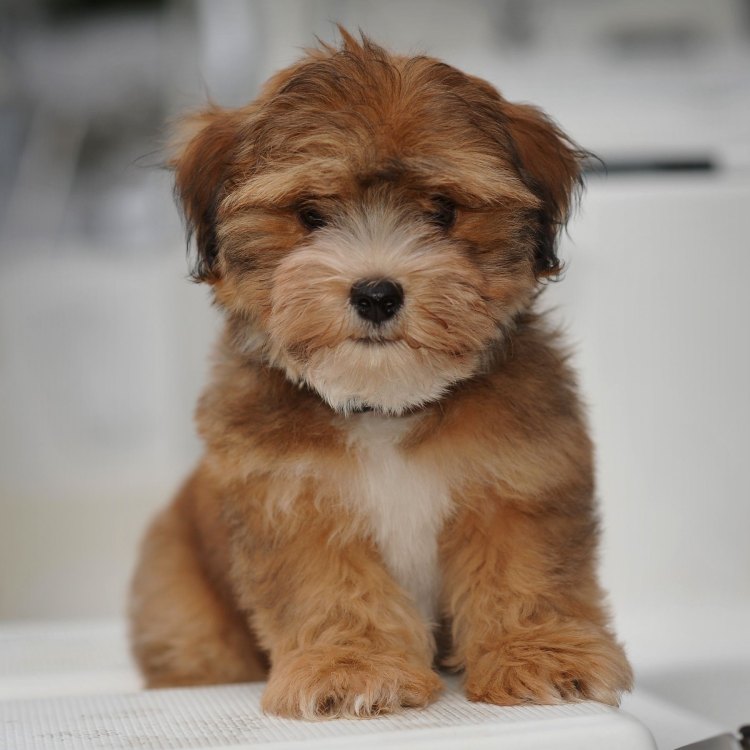
The Adorable and Affectionate Havanese: A Guide to this Playful Household Pet
Disclaimer: The content provided is for informational purposes only. We cannot guarantee the accuracy of the information on this page 100%. All information provided here may change without prior notice.

